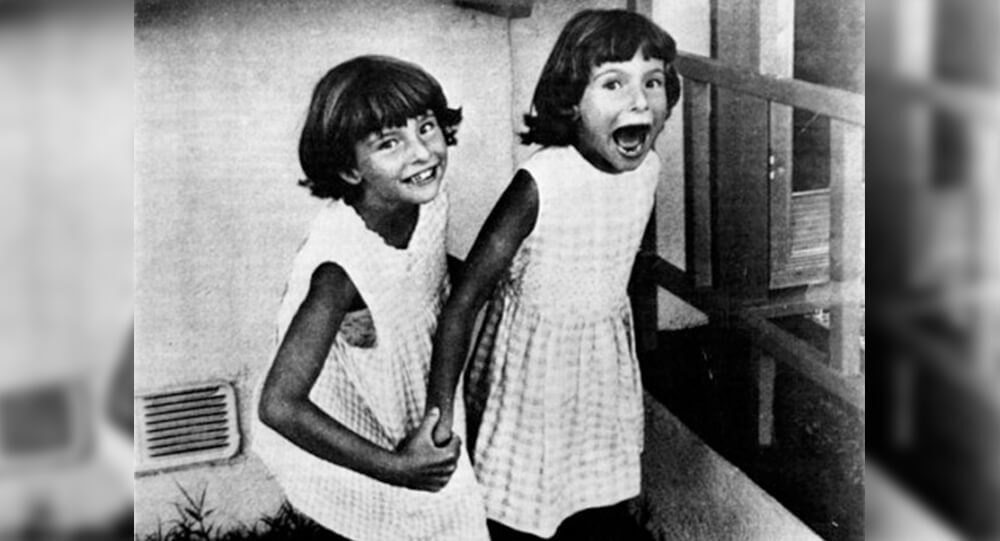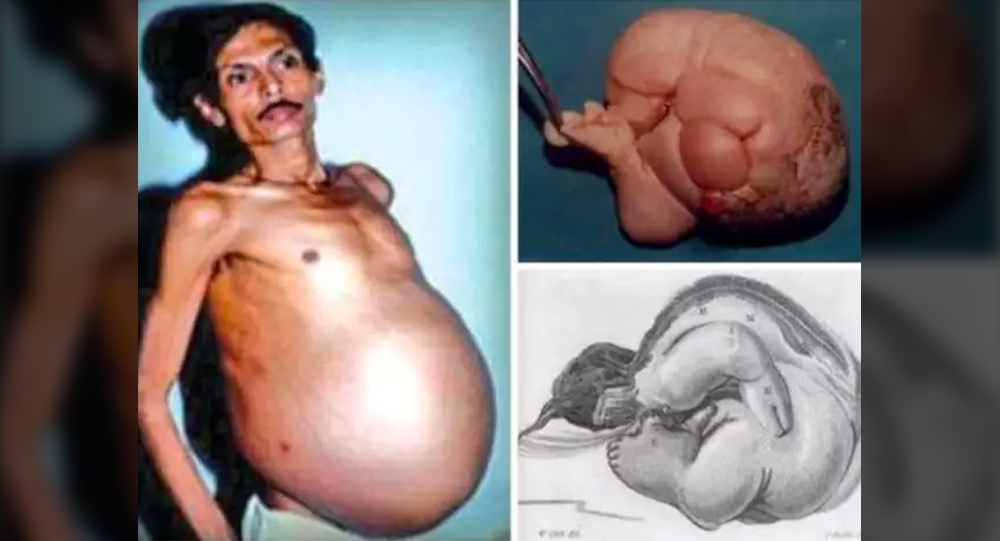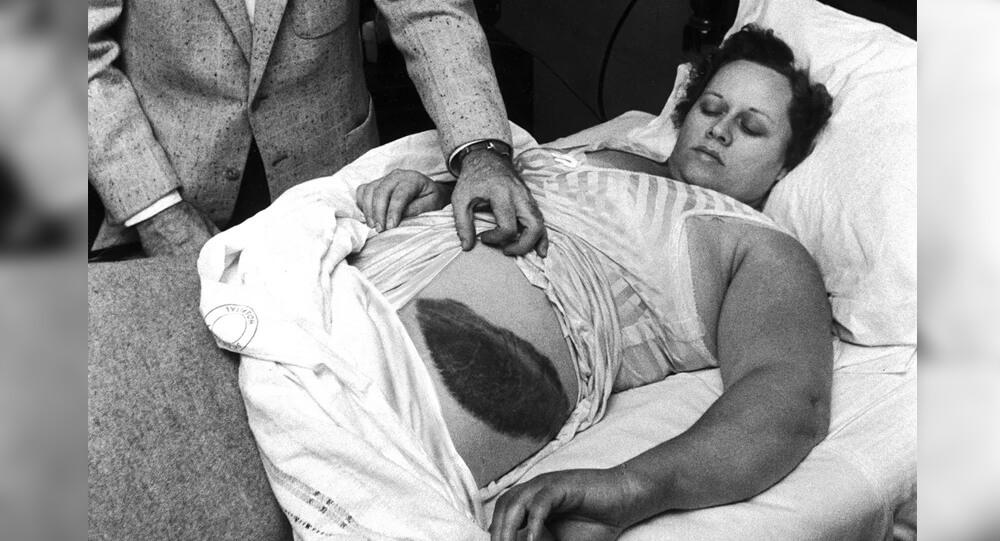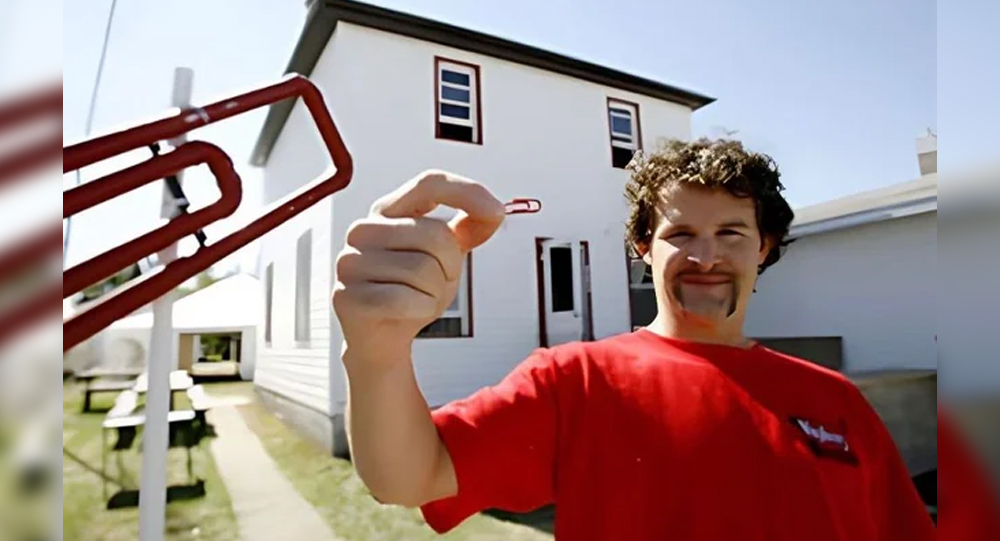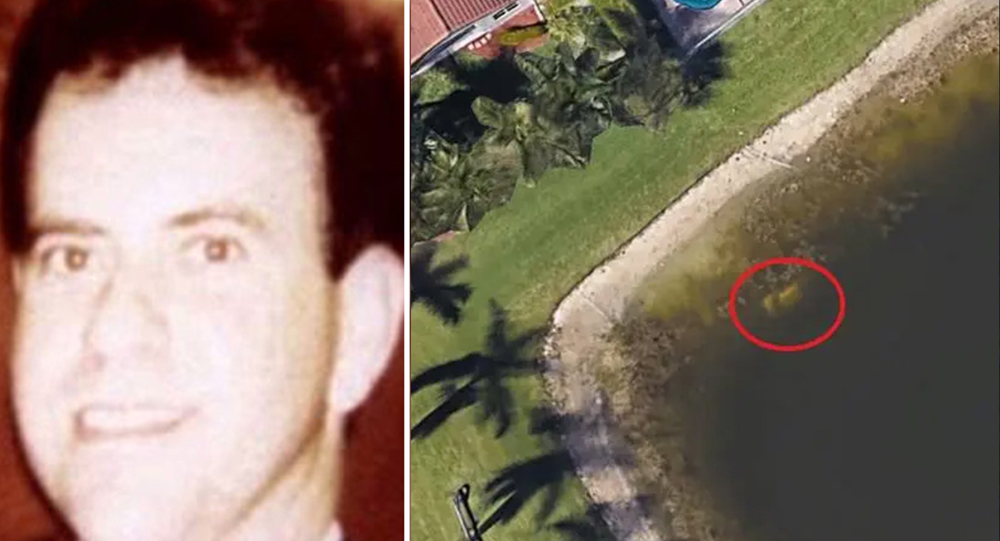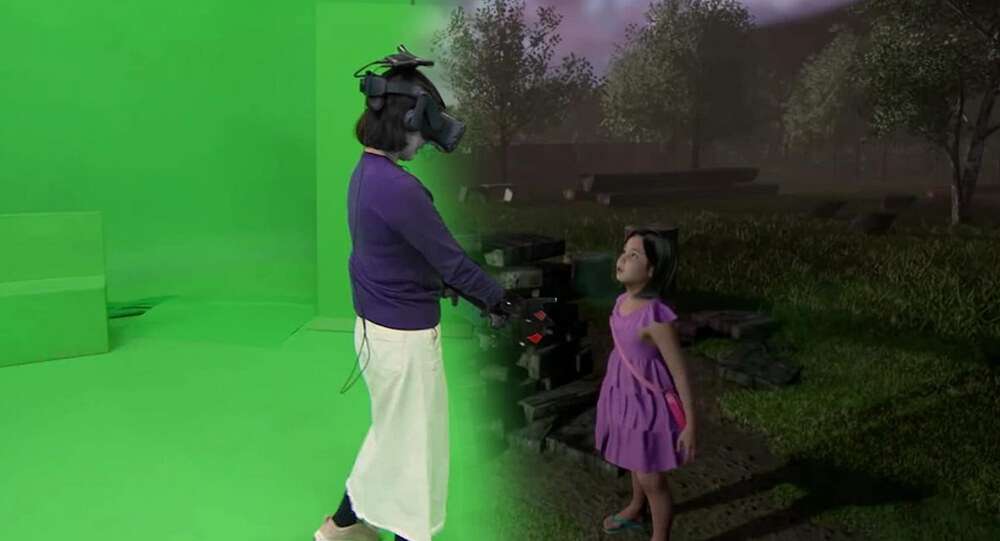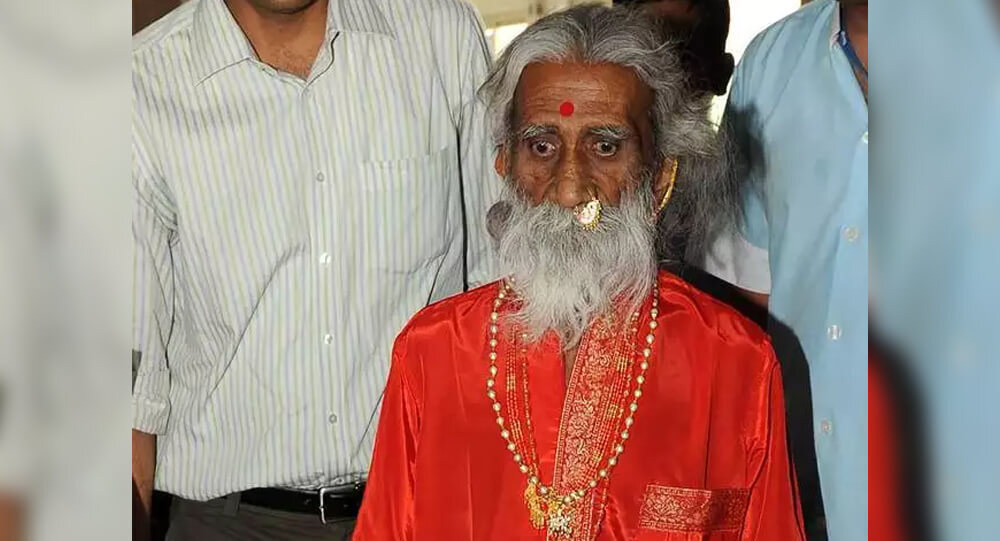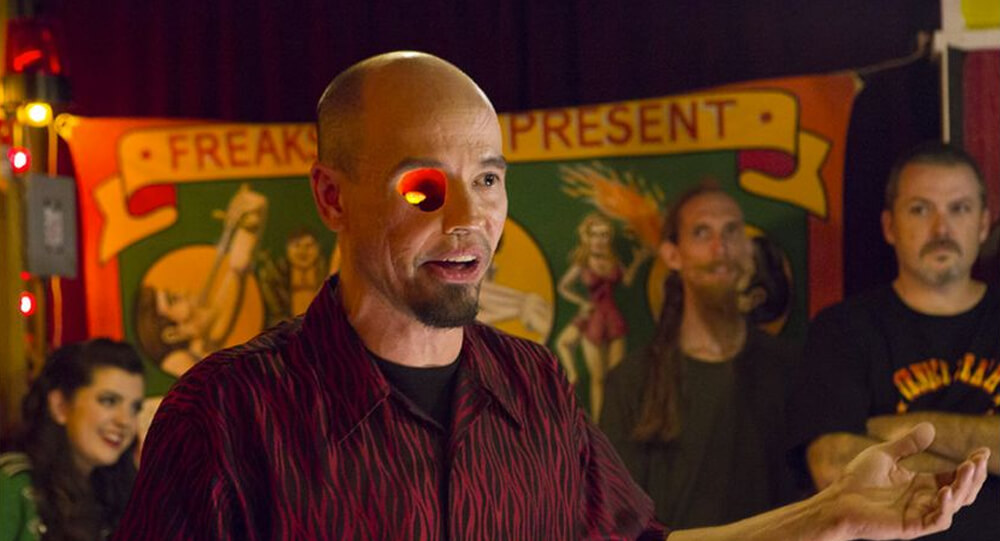
At this facility, the Alcor Life Extension Foundation has cryopreserved the heads and bodies of 224 people in the hopes of being revived at a later time. On their website, the non-profit organization Alcor states that their mission is to “restore good health with medical technology in the future” through the preservation of bodies at temperatures below freezing. Liliana Salgado of Reuters writes that the heads and bodies of approximately 100 preserved pets as well as the so-called “patients” of humanity are crammed into cylindrical tanks filled with liquid nitrogen by the foundation.
Some of the patients had terminal illnesses like cancer or ALS, for which there is currently no treatment. According to Reuters, Max More, a former CEO of Alcor and current ambassador and president emeritus of the foundation, advances in medical science and technology cannot prolong the lives of individuals who are close to death.
“We’re saying give them to us instead of just disposing of the patient,” More says to Reuters. “We’re going to keep them stable, prevent them from getting worse, and keep them in place for however long it takes for technology to catch up so they can recover and live on.”
Peter Wilson reported for the New York Times last year that a number of medical and legal professionals have long been dubious about—or even hostile toward—human cryopreservation. Neuroscientist Clive Coen of King’s College London, England, describes cryonics as “a hopeless aspiration that reveals an appalling ignorance of biology” to Laurie Clarke of the MIT Technology Review.
However, according to Alcor’s website, for those who take part, the cryopreservation procedure starts as soon as a person is pronounced legally dead. Their organs are still viable as of right now. Reacting swiftly, the patient is transferred to an ice bath and their blood is replaced with an organ-preserving solution by a cryonics team that has typically been on standby, waiting for their death for up to a week.

However, according to Alcor’s website, for those who take part, the cryopreservation procedure starts as soon as a person is pronounced legally dead. Their organs are still viable as of right now. Reacting swiftly, the patient is transferred to an ice bath and their blood is replaced with an organ-preserving solution by a cryonics team that has typically been on standby, waiting for their death for up to a week. The team injects cryoprotectants—chemicals that stop ice crystals from forming and damaging organs—into the patient’s circulation as soon as they get to Alcor’s Arizona facility. Alcor uses liquid nitrogen to store the body’s heat after it has been cooled to minus 320.8 degrees Fahrenheit.
The catch is that no cryonics organization is aware of how to restore life to its patients who have been preserved. On its website, Alcor states that a non-profit “confidence revival may be possible.”
Alcor was established in 1972, and in 1976 it successfully cryopreserved a human being. However, nearly ten years earlier, in 1967, psychologist James H. Bedford, then 73 years old, passed away from kidney cancer, making him the first person to ever be frozen in this manner. According to a 1997 article in The New York Times Magazine, Bedford’s body was placed on ice and processed by “experts from the Cryonics Society of California.” Since then, Bedford’s body has been frozen, and it is currently resting in one of Alcor’s tanks.
According to Reuters, two-year-old Matheryn Naovaratpong, a Thai girl with brain cancer, is the youngest patient at Alcor. She was cryopreserved in 2015.
More tells the publication, “She had multiple brain surgeries, and both of her parents were doctors.” Unfortunately, nothing was successful. They thus got in touch with us.
Among the other patients at the facility are baseball Hall of Famer Ted Williams, who passed away in 2002 from complications related to heart disease, and software developer and Bitcoin pioneer Hal Finney, who passed away in 2014 from ALS. According to Reuters, the cost of cryopreservation at Alcor for a full body is at least $200,000, and the cost to preserve a single brain is $80,000.
Related Topic You Might Find Interesting:
- A man who has been suffering from headaches for nearly six months discovers chopsticks lodged in his brain
- Recipient of suicide victim’s heart kills himself 12 years later
- Mom hears son’s heartbeat 3 years after his death when she meets organ recipient
Cryonics proponents are optimistic despite the lack of evidence supporting the efficacy of human cryopreservation, pointing to scientific advancements that allow for the successful cryopreservation and thawing of sperm, embryo, and stem cells, according to the MIT Technology Review. In 2016, researchers at 21st Century Medicine cryopreserved and thawed a rabbit brain without causing structural damage, Aaron Frank wrote for Vice at the time.
However, Coen tells MIT Technology Review that it is “disingenuous” to suggest that these findings could be applied to human cryonics because the structures of the human brain are too complicated for this to be feasible.
According to Reuters, Arthur Caplan, the director of the medical ethics department at New York University’s Grossman School of Medicine, has not seen any mainstream medical experts support cryonics.
Caplan tells Reuters, “This idea of freezing ourselves into the future is pretty science-fiction, and it’s naive.” “Those who specialize in studying the distant future or those with a vested interest in having you pay the money to do it are the only groups… getting excited about the possibility.”

The story of Lionel the Lion-Faced Man, Stephan Bibrowski
Stephen Bibrowski, also known as Lionel the Lion-faced Man, was a well-known sideshow entertainer. His entire body was covered in long hair, giving him the appearance of a lion; this was most likely due to a rare condition known as hypertrichosis. Lionel traveled to the United States in 1901 and began performing with the Barnum and Bailey Circus.

Roller Coasters were First Invented to Distract People from sin
Roller coasters were invented to distract Americans from sin. In the 1880s, hosiery businessman LaMarcus Thompson didn’t like that Americans were going to places like saloons and brothels and created the first roller coaster on Coney Island to persuade them to go there instead.

Poto And Cabengo: The Secret Language Of Twins
Poto and Cabengo, as the two girls called each other, communicated in their own language. The twins were ignored by their parents and secluded from the outside world because their father felt they were developmentally retarded, and their unique language evolved as a result of that neglect.

The Heartbreaking Story Of Ella Harper, The ‘Camel Girl’
Ella Harper, Professionally known as the “Camel Girl” was born with a rare orthopedic condition that cased her knee to bend backward. Due to this condition, had to walked on all four legs, which resulted in her nickname as “Camel Girl”. Tough it was hard at first, but soon she made a fortune out of it.

The Astonishing Case of Sanju Bhagat: Living with a Twin Inside Him for 36 Years
Sanju Bhagat, an Indian farmer, lived with an undiagnosed parasitic twin inside his abdomen for 36 years. In 1999, doctors discovered the twin during surgery. This rare condition, fetus in fetu, occurs when a malformed twin is absorbed during pregnancy, surviving within the host sibling's body.

In Pakistan, this banyan tree has been arrested since 1898
In Pakistan, a tree has been arrested and chained since 1898. When a British officer who was drunk assumed it was leaving its place, it was arrested. The tree, which is presently located on the grounds of the Pakistan Army's Landi Kotal cantonment, continues to attract visitors and locals everywhere.

Japan’s Chicken-Flavored Ice Cream: The Bold Fusion of Sweet Vanilla and Real Grilled Chicken
A Japanese company once created chicken-flavored ice cream using real grilled chicken bits mixed into vanilla. It combined sweet and savory in a way few dared try, but it drew curiosity from foodies seeking extreme culinary experiences.

The Story of the Hidden Flight Simulator Game in Microsoft Excel 97
Before smartphones ruled hidden gaming, Microsoft slipped an extraordinary secret into one of its flagship office programs: a fully functional flight simulator game inside Excel 97. This little-known Easter egg captivated users who discovered a way to pilot a plane through the grid-like interface. Explore how this unexpected feature was created, the tech magic behind it, and why it remains a legendary piece of software lore.

In 1954, an Extraterrestrial Bruiser Shocked This Alabama Woman.
In the year 1954, a grapefruit sized meteorite crashed through the roof of a farm house in Alabama, bounced off a large wooden console radio and hit Ann Hodges while she was napping on her couch. This was the first confirmed case of a person to be hit by a meteorite.

How a Canadian Man Traded a Red Paperclip for a Two-Story Farmhouse
In 2005, Canadian blogger and entrepreneur Kyle MacDonald embarked on an extraordinary journey that captured the world’s imagination. Starting with nothing more than a single red paperclip, Kyle pursued a year-long chain of strategic trades that escalated from small, quirky items to a two-story farmhouse in a small town in Saskatchewan. What began as a playful social experiment became a legendary story of creativity, perseverance, and the power of barter in the digital age.

Bruce Campbell converted a Boeing 727-200 into a home
In 1999, a man bought a Boeing 727-200 for $100,000 and uses it as his house, then spent another $120,000 moving it from the Hillsboro airport and setting it up on his undeveloped property.

The Google Maps Discovery: the Mystery of William Moldt's Disappearance
In 2019, Google Maps helped solve the decades-old mystery of William Moldt, who disappeared in 1997. A former resident spotted his submerged car in a retention pond while using Google Earth. The vehicle, visible since 2007, contained Moldt's skeletal remains, providing closure to his case.

Brazilian gang leader attempts to escape from Rio de Janeiro prison by dressing up as his daughter
In 2019, a Brazilian gang leader tried to escape from prison by dressing up as his daughter when she visited him behind bars and walking out of the penitentiary's main door in her place.

Chocolate Rain in Switzerland: How a Factory Malfunction Turned Olten Into a Sweet Spectacle
In 2020, chocolate 'rained' from the sky in a town in Switzerland. This incident was caused by a ventilation system malfunction at a chocolate factory in Olten. Strong winds then carried the snow-like cocoa powder and spread it around in the immediate vicinity of the factory, covering cars and other things in chocolate.

Max Headroom Incident: America’s Creepiest TV Hack
In 1987 a man hijacked a television station during an episode of Dr. Who and wore a Max Headroom mask and uttered nonsense, and he still hasn’t been caught

Mom Cries After Seeing Her Deceased Daughter in Virtual Reality
Jang Ji-Sung lost her 7-year-old daughter to haemochromatosis in 2017, a rare disorder in which the body absorbs too much iron. The two reunited through the use of virtual reality technology.

Atomic Tourism: In the 1950s, nuclear tests in Las Vegas served as a draw for tourists
Between 1950 and 1960, Las Vegas offered “Atomic Tourism” in which guests could watch atomic bombs being tested in the desert as a form of entertainment.

This Yogi Spent 76 Years Without Eating or Drinking Anything and Confirmed by
Prahlad Jani, the starving monk who lived 76 Years without food and water.

Inspirational Journey of Billy Owen From Cancer Patient to Zombie Actor
A man called Billy Owen lost an eye and half of his face to cancer and used it to start a career as a zombie actor.

A woman finds her ex-boyfriend living in her attic 12 years after they broke up
Most people have heard of "things that go bump in the night," but for one South Carolina lady, that "thing" was her ex-boyfriend, whom she discovered living in her attic more than 12 years after they broke up.

Poland's Krzywy: The Mysteries of the Crooked trees
In Poland, there is a forest with 400 crooked trees that have a 90-degree bend at the base of their trunks. Despite of numerous possibilities, the real reason and how it evolved remain a mystery.

Story of Peng Shuilin: Man with only half a body
We have a habit of whining in our daily lives. We never seem to be pleased with the things we have in life. "I want to be skinny," fat people say, "I want to be fat," slim people say. Poor people aspire to be wealthy, and wealthy people are never satisfied with their status. Everywhere we go, we're whining. Can you image how a man would want to live if he didn't have any legs or bums at all?

The Mystery of Canada's Magical Spotted Lake
Lake Khiluk, the world's most mineralized lake, and one of the most mysterious places on Earth. Each of these spots has a distinct chemical content and is said to cure various diseases.

The Story of Tsutomu Yamaguchi: The Man Who Survived Both Atomic Bombs
Tsutomu Yamaguchi’s story is one of astonishing survival and resilience. In August 1945, while on a business trip in Hiroshima, he endured the catastrophic atomic bombing and, unbelievably, survived to return to his home city of Nagasaki—only to face a second atomic attack days later. Officially recognized as the only person to survive both bombings, Yamaguchi’s life is a powerful testament to human courage, hope, and the devastating impact of nuclear warfare.

Why the Brooklyn Bridge Was Once Crossed by 17 Camels and 21 Elephants
On May 30, 1883, a rumor that the Brooklyn Bridge was going to collapse caused a stampede, which killed at least at twleve people. To prove the bridge was safe, P.T. Barnum led a parade of 21 elephants over it.



